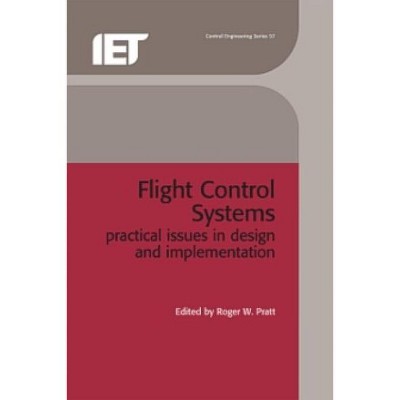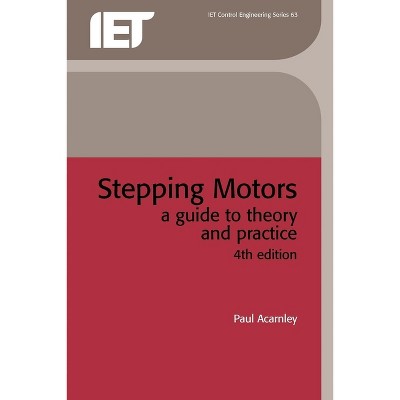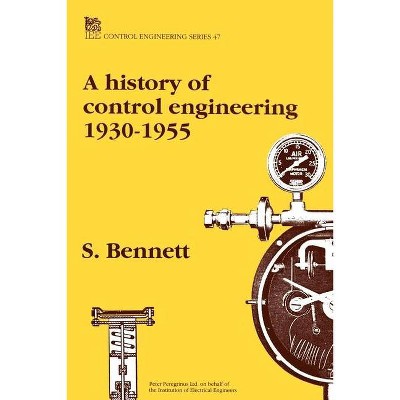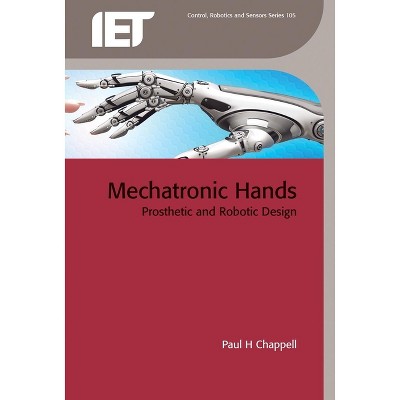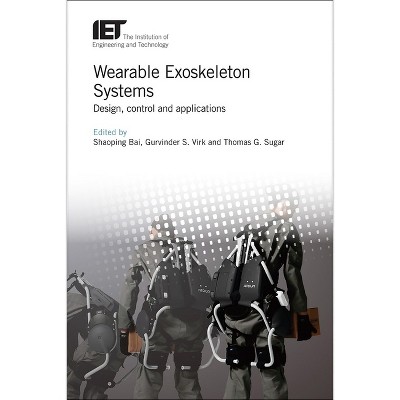Control of Permanent Magnet Actuators for Robotics Applications - (Control, Robotics and Sensors) by Chao Gong & Yihua Hu & Jinqiu Gao & Wenzhen Li

About this item
Highlights
- Motivated by the expanding role of robotics in a wide range of industrial applications, the imperative for a specialized exploration into the control dynamics of permanent magnet actuators has become apparent.
- Author(s): Chao Gong & Yihua Hu & Jinqiu Gao & Wenzhen Li
- 250 Pages
- Technology, Robotics
- Series Name: Control, Robotics and Sensors
Description
About the Book
Bridging the theoretical and practical divide to offer a nuanced perspective on contemporary challenges, this co-authored book focuses on permanent magnet actuators, from established theories to innovative methodologies, novel approaches, special design features, and real-world case studies.
Book Synopsis
Motivated by the expanding role of robotics in a wide range of industrial applications, the imperative for a specialized exploration into the control dynamics of permanent magnet actuators has become apparent. These actuators are integral to contemporary robotic systems but they pose distinct challenges necessitating a dedicated exploration. The subject area encompasses a comprehensive examination of control requirements, spanning from conventional high-performance strategies to avant-garde non-position control approaches, multi-motor coordination, and fault-tolerant methodologies.
The aim of the authors is to go beyond theoretical discourse by encapsulating practical applications and implementation strategies to equip researchers, engineers, and academics with a robust conceptual and practical framework for addressing the complexities characterizing permanent magnet actuator control. The comprehensive scope of this book will foster a deeper understanding and facilitate the application of advanced control strategies in the realm of robotic systems.
Control of Permanent Magnet Actuators for Robotics Applications navigates the intricate intersection of robotics and control theory, focusing on permanent magnet actuators. The authors incorporate novel approaches, such as non-position control strategies and fault-tolerant design principle, special design features and real-world case studies to bridge the theoretical-practical divide. By incorporating innovative methodologies with established theories, the book offers a nuanced perspective on contemporary challenges and solutions in the realm of robotic control systems.
Written for an audience of robotics and mechatronics engineers, control system designers, researchers and scientists working on robotics and control theory, and advanced students of robotics, mechatronics, control and automation, this book offers readers a systematic and thorough review of permanent magnet actuators and their control for robotics applications.






